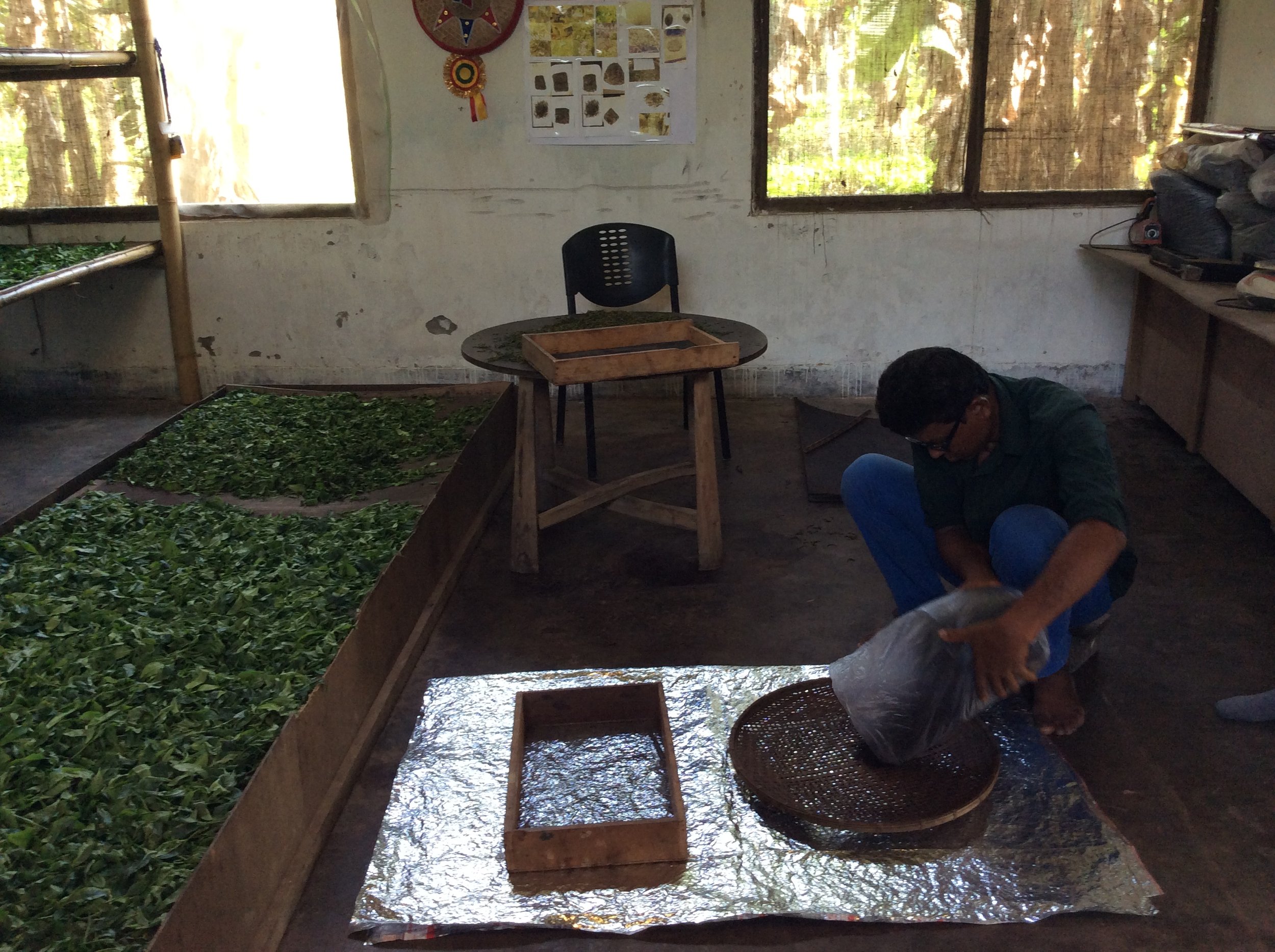What Is Orange Pekoe? Unpacking One of Tea’s Most Misunderstood Terms - The Number E Tea Company
Issue No. 23
The Ubiquity of “Orange Pekoe” in Canada
If you’ve ever paused in the tea aisle of your local grocery store, you’ve likely recognized the brands that have been filling the cupboards of our pantries for quite some time. Companies such as Tetley, Lipton, or Salada are well-known in Canada.
As you examine their packaging, you might observe something distinctive. It seems that pretty much all of them have “orange pekoe” written in big, bold characters.
Pretty much all the teas available at the grocery store have “Orange Pekoe” written in big bold characters.
So what is orange pekoe anyway?
Is it a distinct flavour? Does it taste like oranges? Is it simply just another term for black tea?
I became intrigued a few months ago when I came across the tasting note of a 2016 Château La Rame, which read as follows:
“Apricot, peach and dried mango mingle with hints of orange pekoe tea and jasmine blossoms. Ripe and rich mouth feel with bright acidity and juicy fruit in the finish.”
I found this description puzzling, since I assumed wine experts would have a basic knowledge of major beverage industry terms. However, I also understood the point being made: many popular black teas offer the same tasting profile.
The question remains: is orange pekoe a taste? The answer is no.
On the left - Ceylon FBOPF1 black tea On the right - Ceylon OPA black tea.
Orange Pekoe Is Not a Flavour
Despite its name, orange pekoe does not describe a flavour or blend. Instead, it’s a grading term used primarily for black teas. Just as wine appellations classify wines by region rather than taste, tea grades classify tea leaves by their size and appearance.
This grading system was developed in the late 19th century alongside the mechanization of tea production in India. It’s still used today in many countries that were once part of the British Empire, including Sri Lanka, India, and Kenya.
The end goal is consistency. This system is used to ensure uniformity in appearance, which will further offer a consistent brew from one cup to another.
Display of tea after grading in Assam, India.
How is tea graded?
Freshly plucked tea undergoes many steps before reaching our cups. At the end of the process, the producer is left with a pile of tea that contains all parts of the leaves, including leaf segments, fannings, and stems. These need to be sorted out to create uniformity in appearance by regrouping the tea according to the type and size of its particles.
These particles are classified into four main categories: Whole Leaf, Broken Leaf, Fannings, and Dust.
1. Whole Leaf teas are leaves left intact and unbroken after processing. They are usually plucked by hand and minimally processed. This gives the tea complexity and helps preserve its natural flavour and aroma.
Examples include Orange Pekoe (OP), Flowery Orange Pekoe (FOP), and Tippy Golden Flowery Orange Pekoe (TGFOP).
2. Broken (B) Leaf teas are leaves that are torn and fragmented. They still have a leaf-like appearance in large, recognizable pieces. This tea retains the complexity and flavour of whole-leaf tea, but offers a stronger brew. Broken Pekoe (BP) and Flowery Pekoe (FP) are in this category.
3. Fannings or Fine teas are small, finely fragmented leaf pieces. These have a coarse texture and are often used as the main grade for tea bags.
4. Dust (D) teas are tea particles in powdered form. This makes them a good choice for tea bags. Mostly used for convenience, this low-grade tea is a byproduct of producing higher-grade teas. The small particles infuse quickly, resulting in a strong, robust, and intense cup. This is ideal for those who add dairy and sweetener to offset bitterness and lack of flavour. Some examples are Pekoe Dust (PD), Dust 1 (D1), and Broken Orange Pekoe Dust (BOPD).
Although the grading system is based on the physical characteristics of tea leaves, it provides some indication of potential flavour. Smaller leaf particles have more contact with water, infusing stronger and faster; therefore, careful steeping is necessary to avoid bitterness. Following brewing guidelines ensures proper results.
Another key distinction to note: grading does not take into account the quality of the tea or its sensory features.
Tea producer from Assam sorting tea manually.
The Name “Orange Pekoe”
Having examined how the grading system works, it's natural to wonder about the name itself.
As you may have noticed, despite the prominence of 'orange' in the name, it has no relation to flavour. So, where does this term originate?
1. “Orange” takes its origins from the Dutch East India Company, which attempted to market the tea by associating it with the House of Orange-Nassau, one of the most respected aristocratic families during the Dutch Republic era.
2. “Pekoe” pronounced pek-ho is derived from a word used to describe a special kind of Chinese tea. It translates to “white downy hair” and refers to the soft hair-like fuzz on the tea leaves that are the youngest and smallest on the plant.
Despite the marketing origins, the name has stuck and is now a standard term in the global tea trade.
The Takeaway
Orange pekoe may be one of the most misunderstood terms in the tea aisle. It doesn’t describe a taste, blend, or even quality level, but rather a system of grading black teas by leaf size and appearance. Understanding this helps demystify tea packaging and can guide you toward the style of brew you prefer.
Whether you choose a whole leaf tea for its complexity or a dust tea for its quick, robust infusion, you’ll know exactly what you’re pouring into your cup, even if it says “orange pekoe” on the label.
You may also like:
The Science of Tea: Tea & Tannins
How to Store Your Tea




